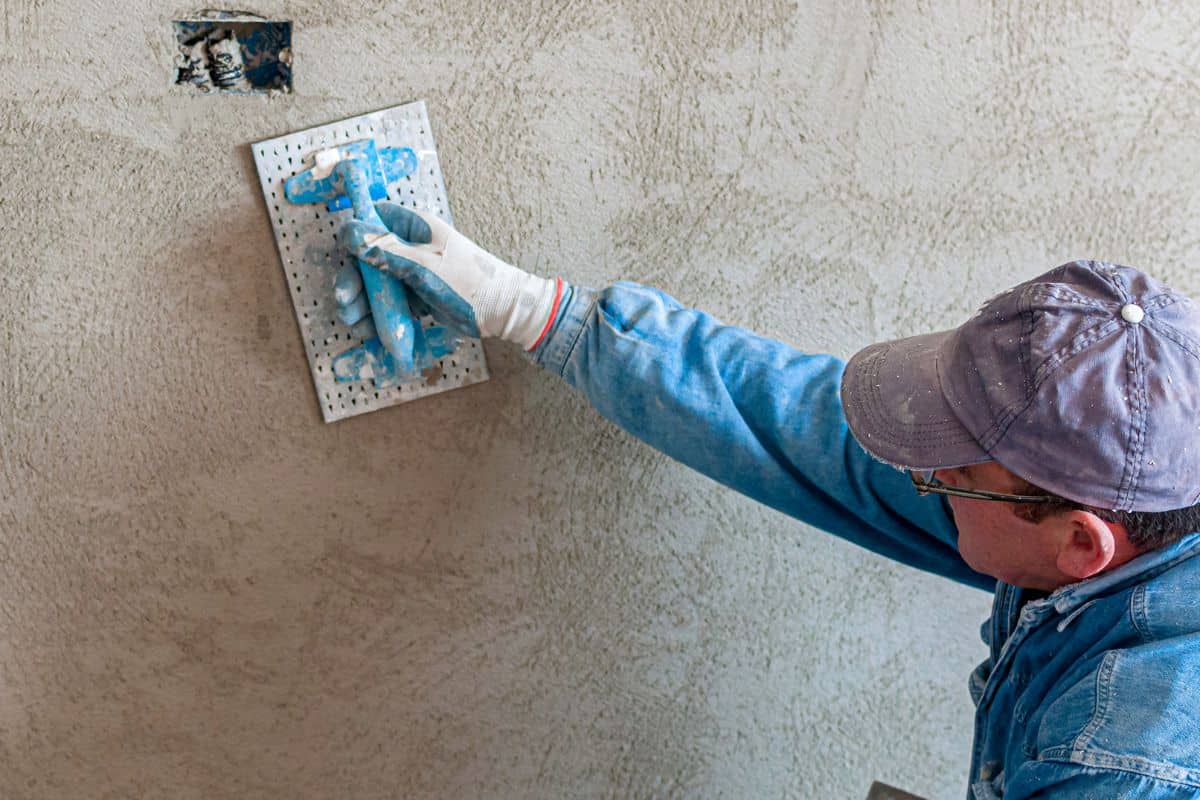The Importance of Curing Time When Rendering a Wall
Rendering a wall is an important part of any building project. It not only adds to the aesthetics of your home or business but also helps protect it from weather damage and increases its value. The process of rendering involves applying a cement and sand mix to the exterior walls, then allowing it to dry.
This drying process can take some time, depending on the thickness of the render applied and the existing conditions in your area. Understanding why curing time is so important when rendering a wall, as well as what factors affect it, will help you ensure that you get the best results possible from your rendering project.

What Is Curing Time?
Curing time refers to the amount of time that must pass before the render is completely dry and ready to be painted or varnished. This time can vary drastically depending on the temperature, humidity and quality of the materials used in the rendering. Generally speaking, curing time can range from a few days to several weeks, depending on these factors as well as how thickly the render was applied.
How Does Curing Time Affect Rendering?
Rendering without allowing it to cure properly can have serious consequences. If you attempt to paint or varnish before the render has had sufficient time to dry, it will not adhere properly and may peel off shortly after application. Additionally, failure to allow your rendering project ample time for curing could cause cracking and other structural damage that could lead to costly repairs in the future.
Factors that Affect Curing Time
The most influential factor in determining curing time is the temperature and humidity of your area. Warmer temperatures and higher levels of humidity can significantly decrease how long it takes for render to dry, while colder temperatures and drier air will cause it to take longer.
If you live in an area where weather conditions are especially volatile, you may want to consider using a slower-drying render mix. Additionally, thicker layers of render may also require more time to cure than thinner ones do.
Preparing Your Walls Before Rendering
Before beginning your rendering project, it’s important to make sure that your walls are properly prepared beforehand. This includes ensuring that all dirt, dust, and mildew have been removed from the surface of your walls. Additionally, you should fill any cracks or holes with a cement-based patching compound to ensure that the render has a smooth and even surface to adhere to.
Proper Curing Time After Rendering
Once you have completed the rendering process, it’s essential to allow your walls sufficient time for curing before painting or varnishing them. Generally speaking, most experts recommend waiting at least one week in most cases; however, if temperatures are especially cool or humid during this period of time, you may need to wait much longer in order for the render to completely dry.
It can be tempting to rush this step and move on with finishing the project, but it’s important to remember that proper curing time is crucial for achieving the best results possible with your render.
Conclusion
Rendering a wall can be a rewarding and cost-effective way to improve the look of any home or business. However, it is essential that you allow adequate curing time in order for the render to adhere properly and ensure long-term durability.
By understanding how temperature, humidity and other factors can affect this process, as well as taking steps to prepare your walls before applying the render, you can maximise the success of your rendering project.
